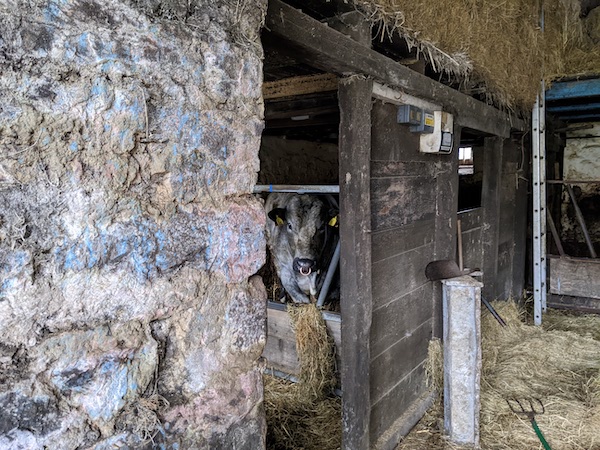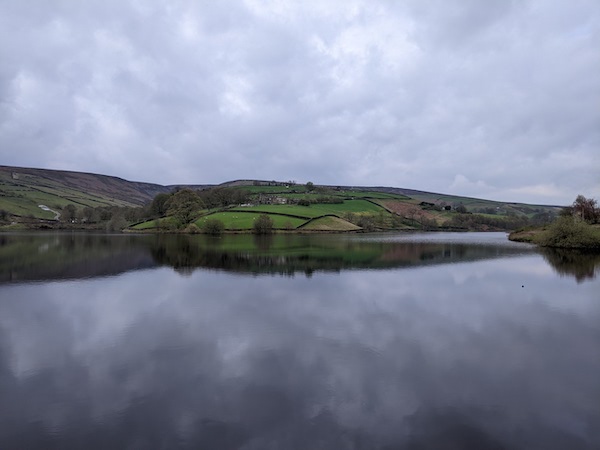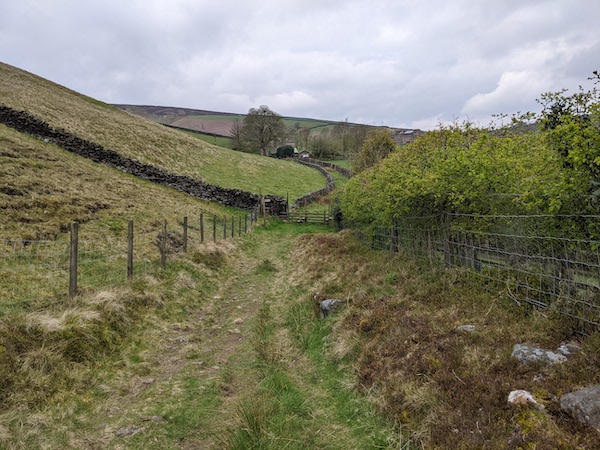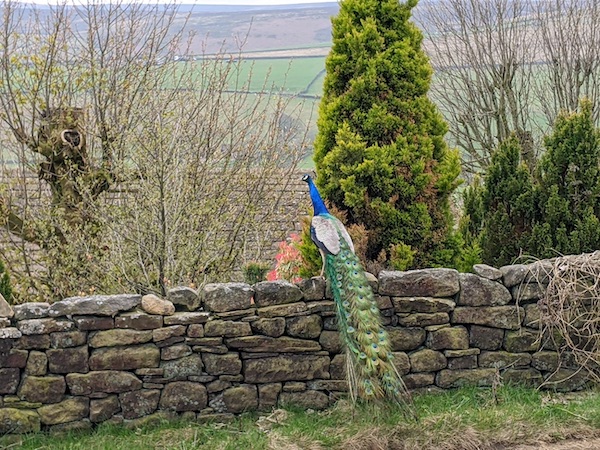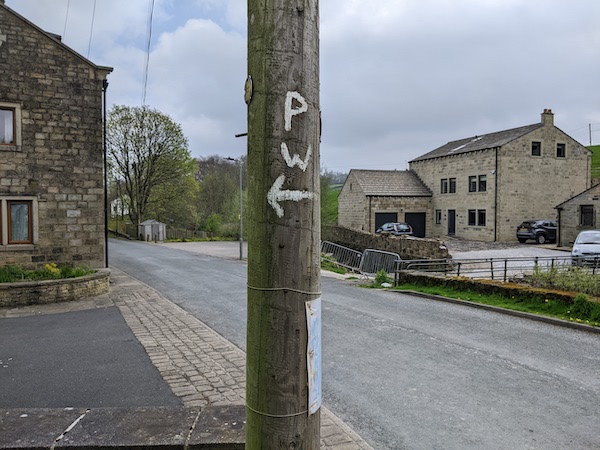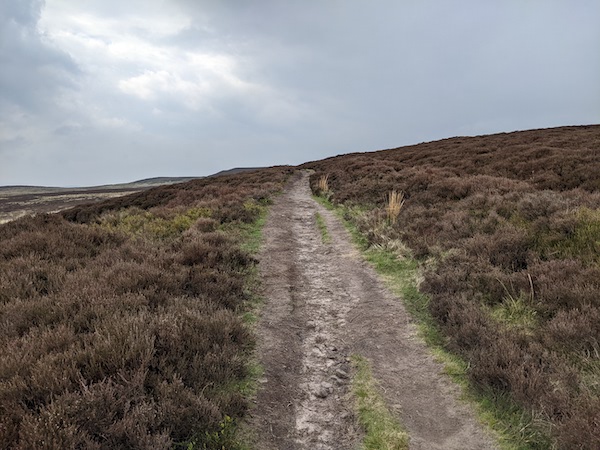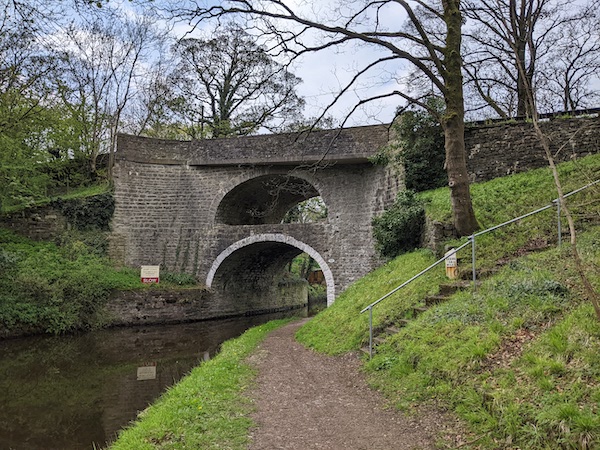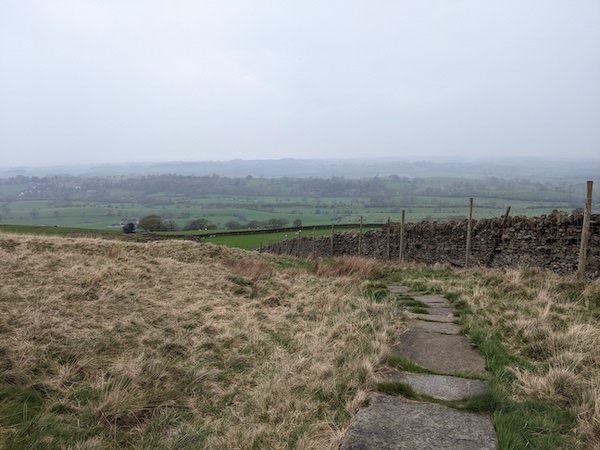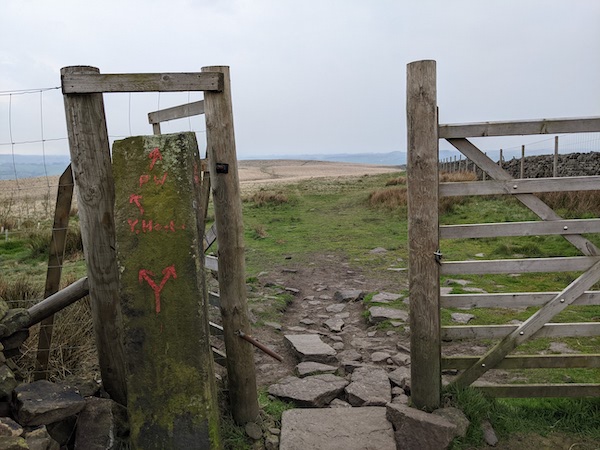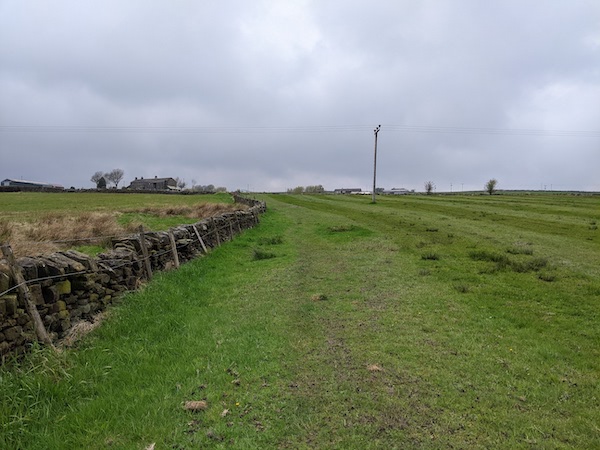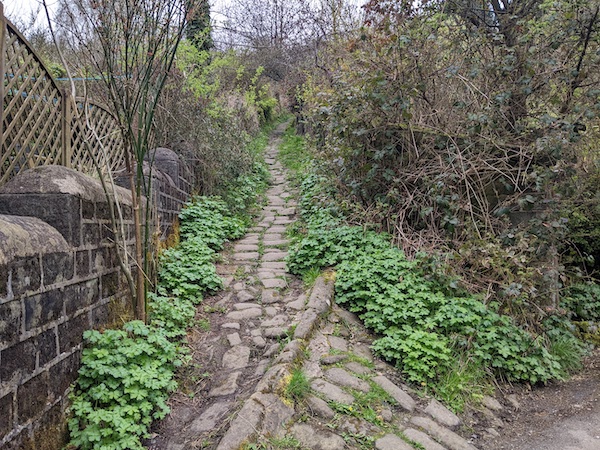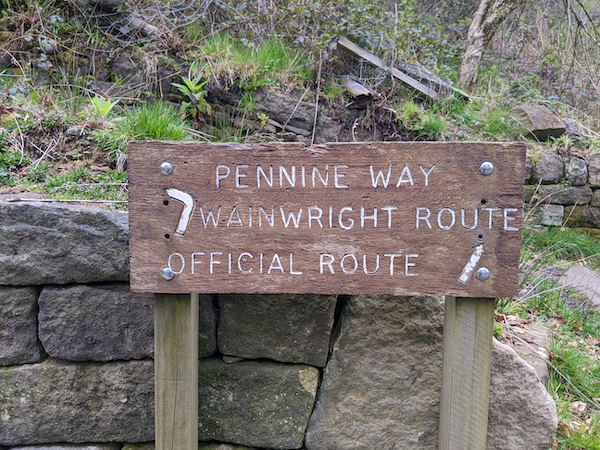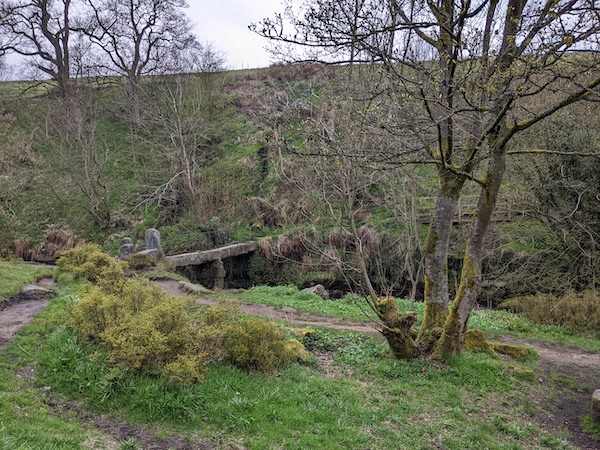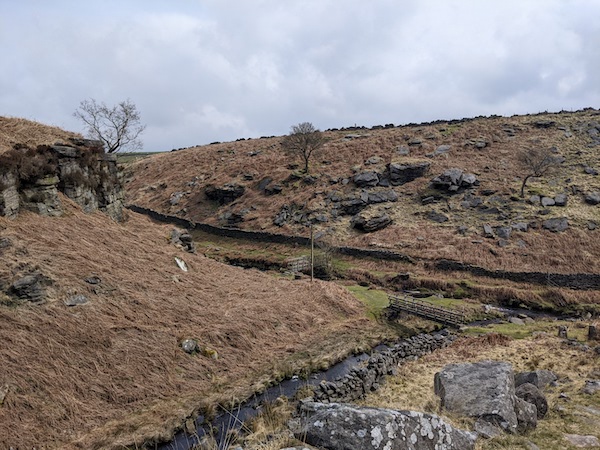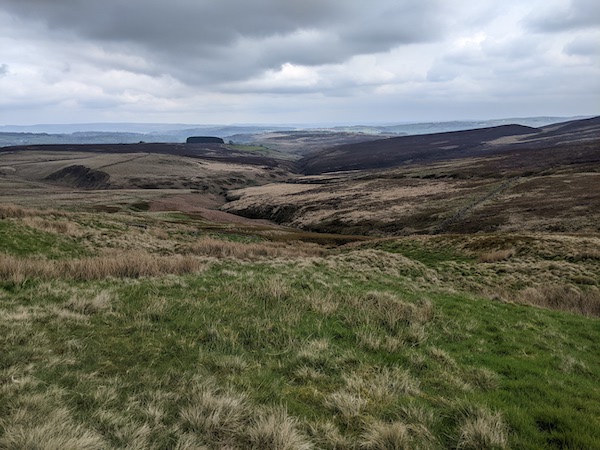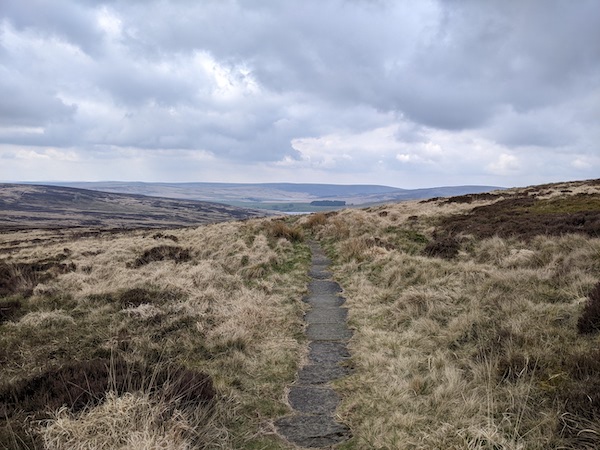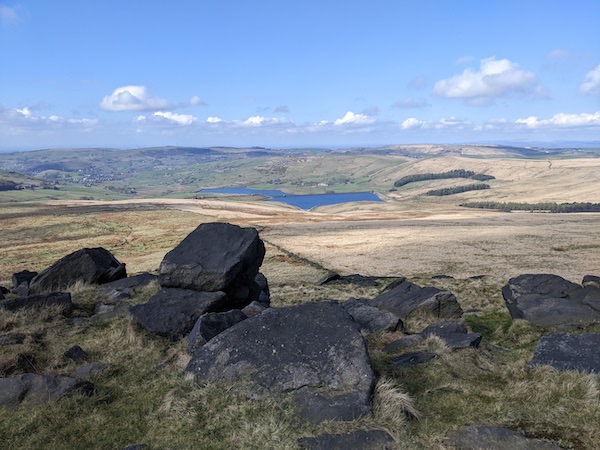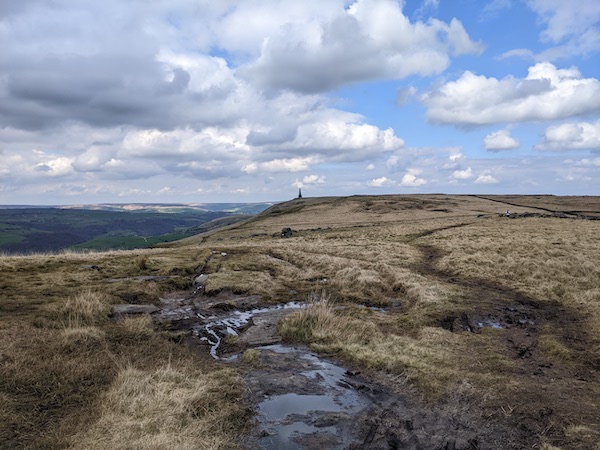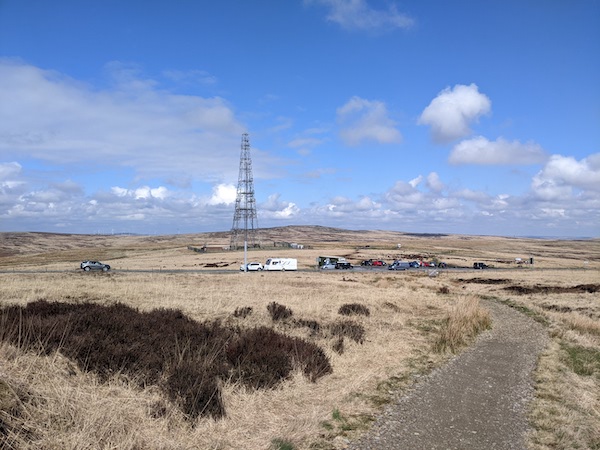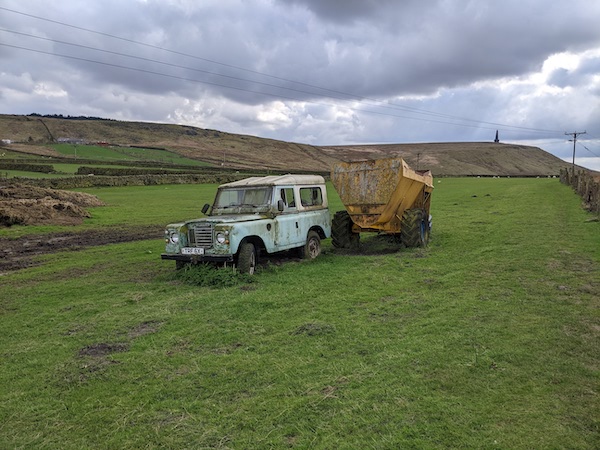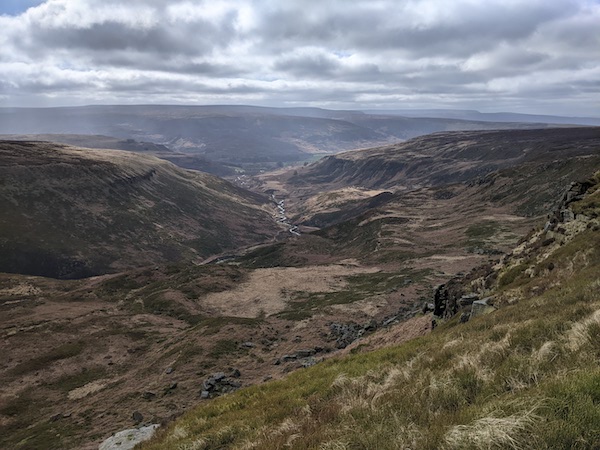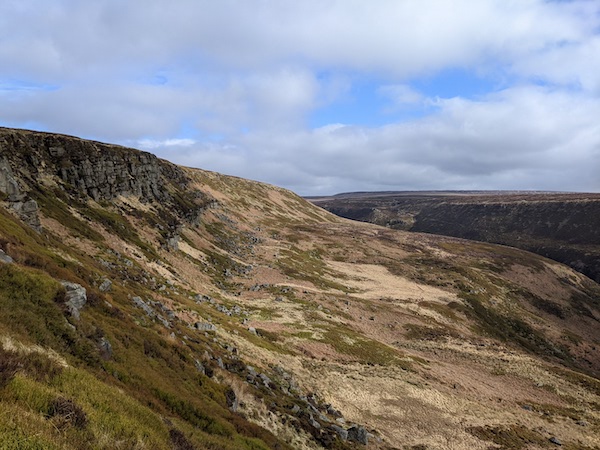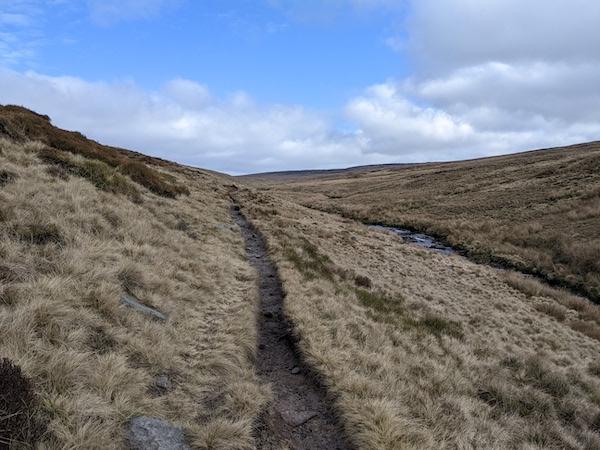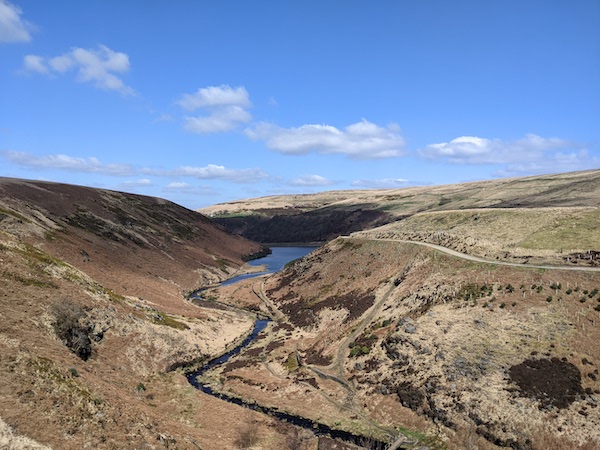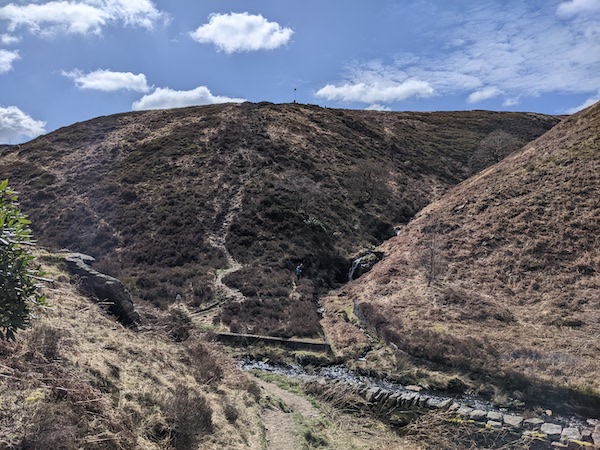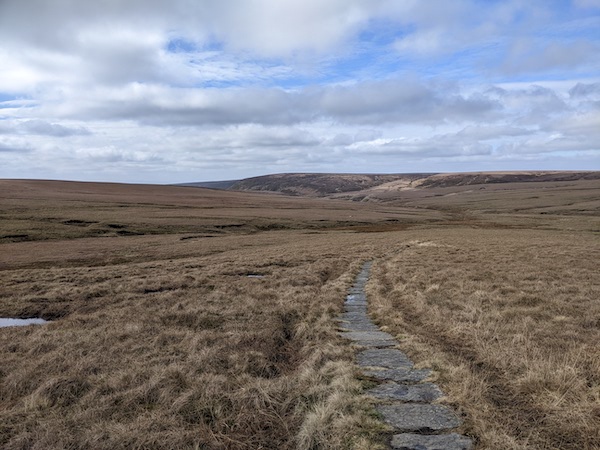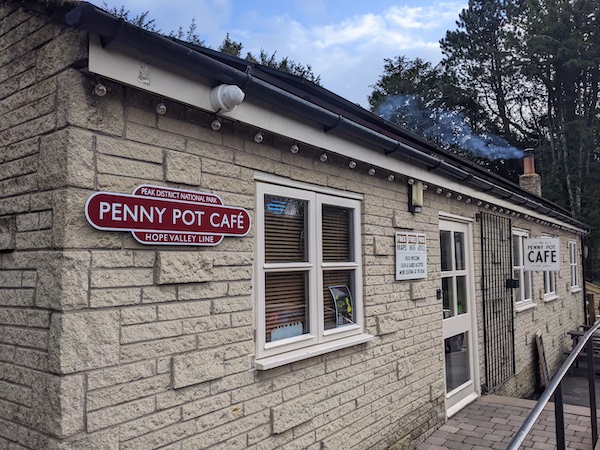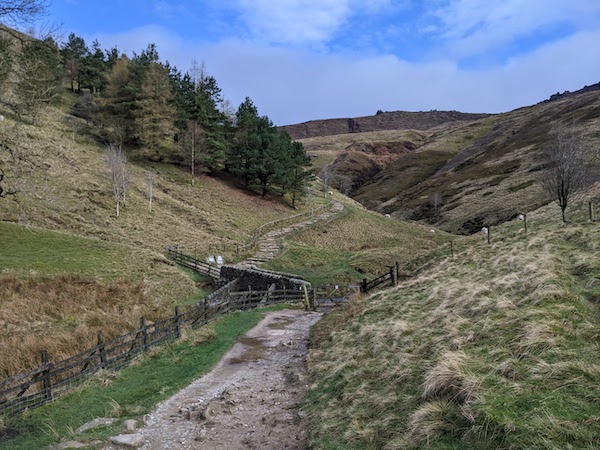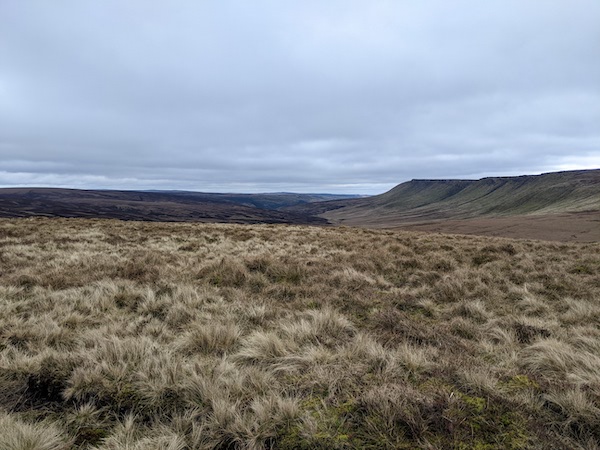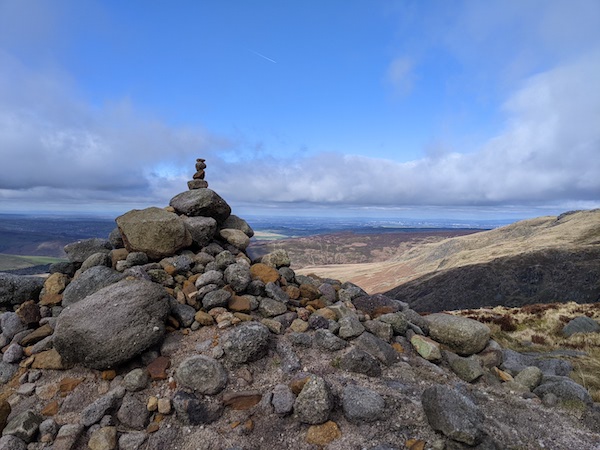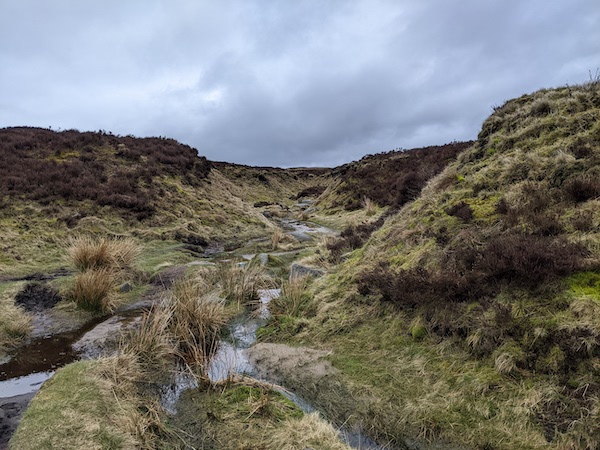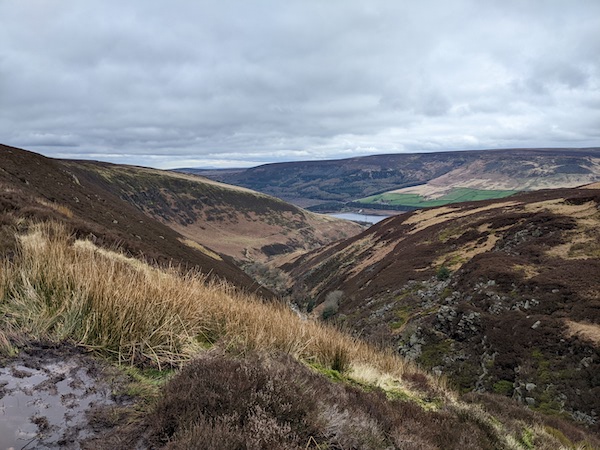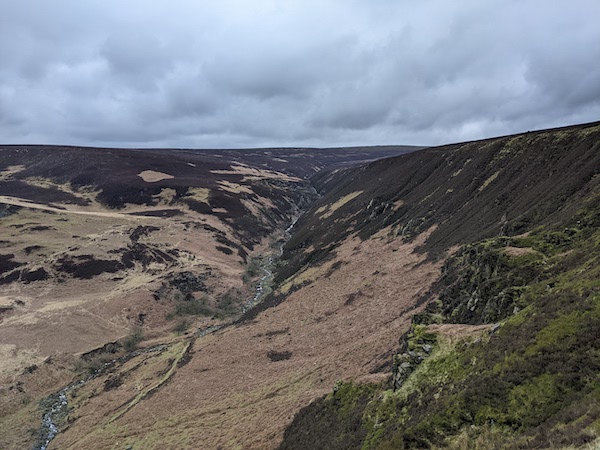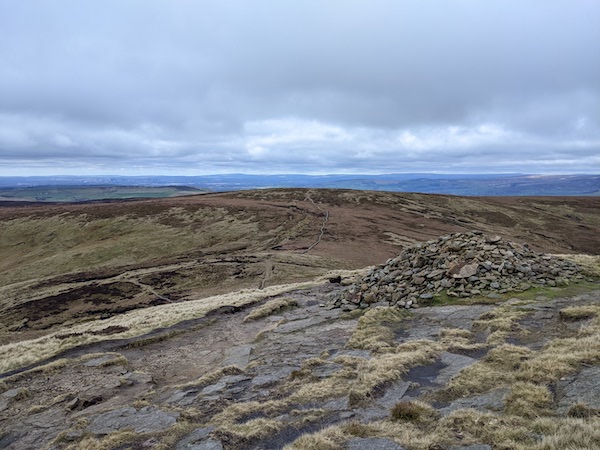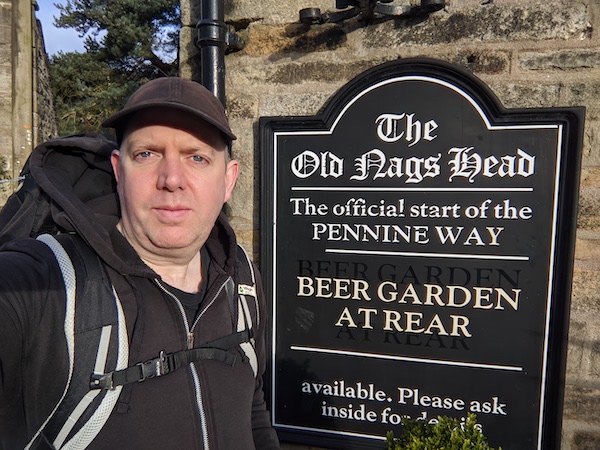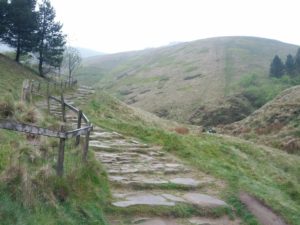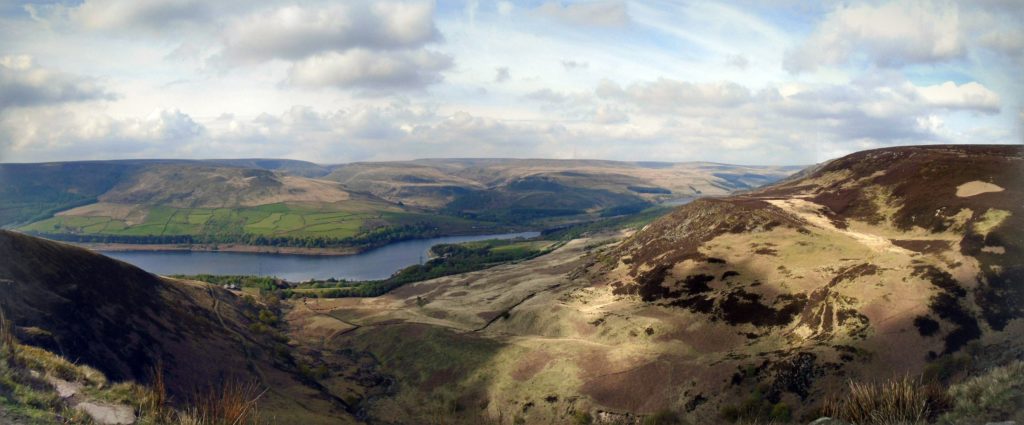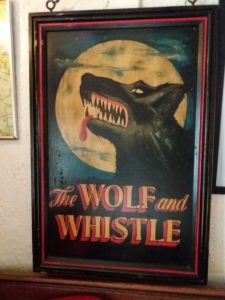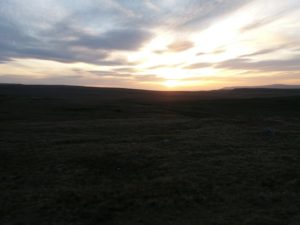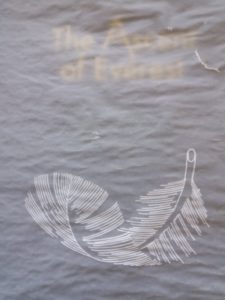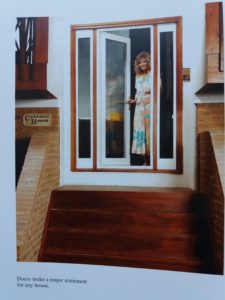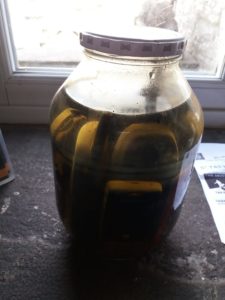The walk between Malham and Horton-in-Ribblesdale was one of the grimmest hikes I’ve done in my life, enough that I questioned my whole approach to hiking. Was a day of being wet and cold really that much fun? I also reconsidered my somewhat-cavalier attitude. In more difficult or unlucky circumstances, my walk from Gargrave to Horton-in-Ribblesdale could have led to disaster.
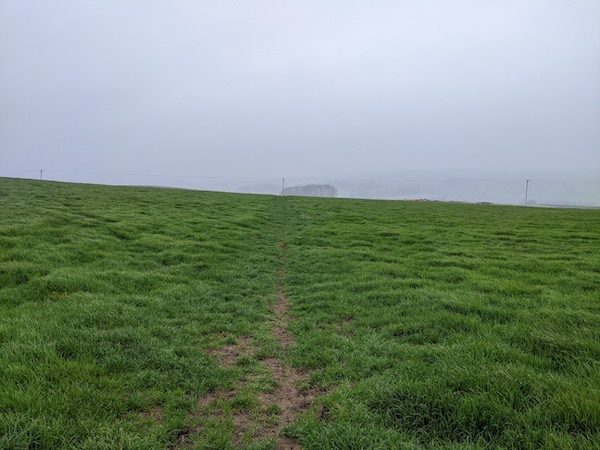
I started the day in Gargrave, where I’d stayed in an Airbnb. The weather app on my phone told me that there would be rain, but I didn’t want to go home without hiking, and it was hard to tell exactly what the rain symbols meant. Did a single raindrop mean just a little rain, maybe not enough to need full waterproofs? Did three raindrops mean heavy rain for a full hour, or that was the worst it would be during that hour?
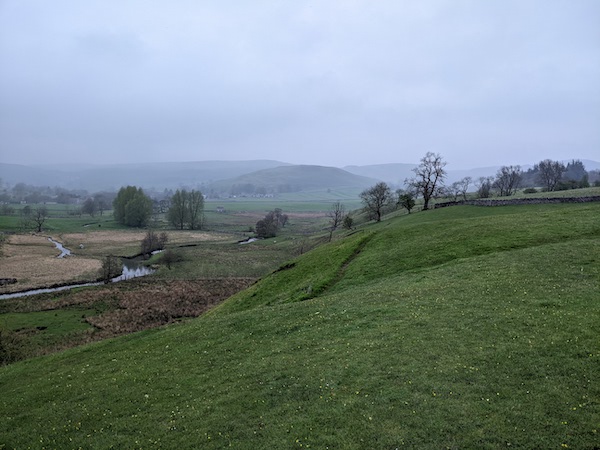
I set out at 6:30am from my Airbnb and had a good hike to Malham. The route was well signposted and flat, so I made good time. The path beside the River Aire was charming and had some pleasant hills. The dew soon soaked into my boots, meaning I had many hours of damp feet ahead of me.
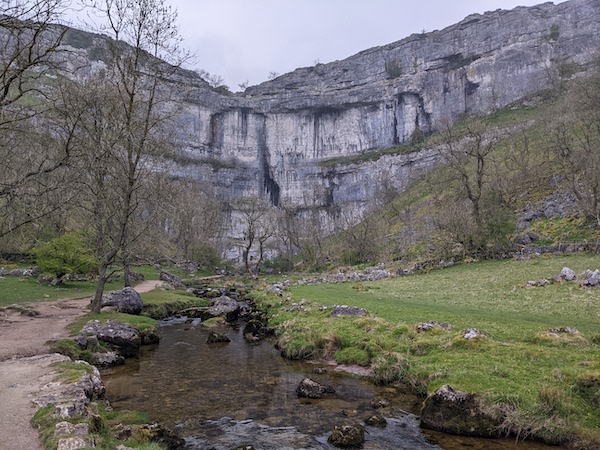
Malham Cove was almost empty when I arrived, and even though I’ve been a few times, it still felt impressive. It was a tough walk up to the top, but the reward was some good views.
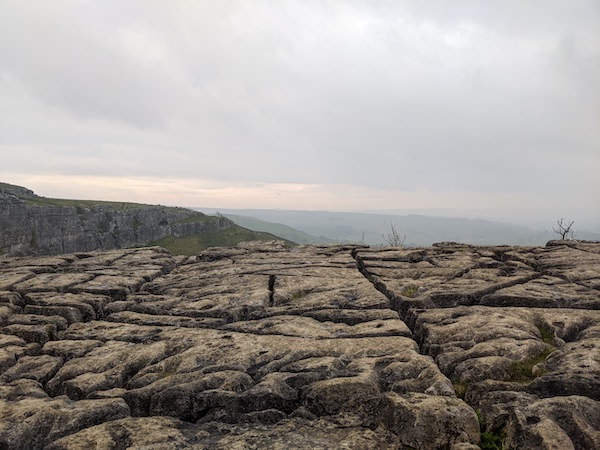
From the top of Malham Cove the route heads through a small rocky valley. It was starting to rain here and I lost the path for the first time, guided back onto the route by Google Maps.
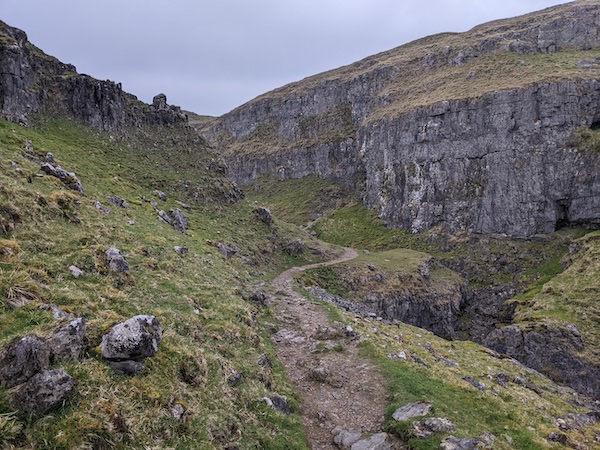
The weather grew worse by the time I reached Malham Tarn, forcing me into full waterproofs. There is a rare Pennine Way public toilet near the lake and I hid there for a time until I felt ready to face the rain. My choice was to either turn back to Malham and try to get a taxi or to press on with the journey. I chose to continue.
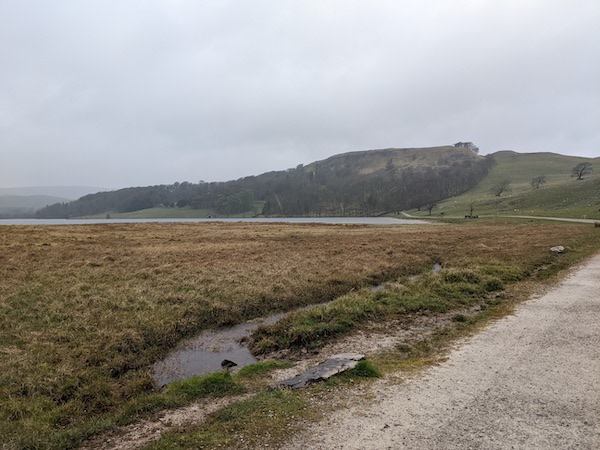
Due to the rain I was not checking the route as I went through some farmland, and I overshot the turning at Tenant’s Gill Farm, ending up on the road to Arncliffe. I followed the road for a time then sheltered in a barn while I tried to work out where I was. I’d failed to pack a map, the guidebook was proving no help, and my phone had no signal. I knew I was was in trouble as I walked back for a time, then turned again and tried the other way. I was probably five miles from anywhere I could shelter properly.
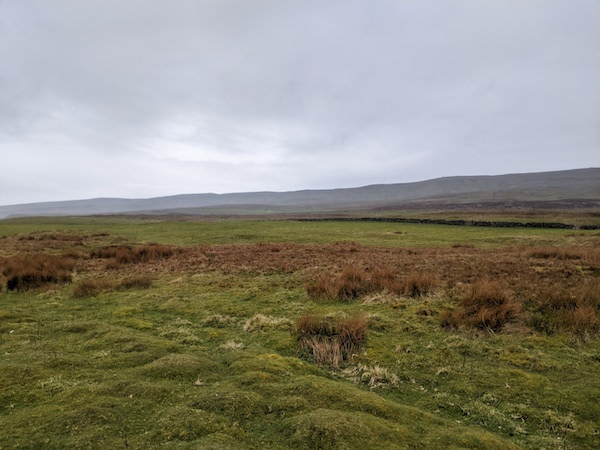
I was lucky enough to have a farmer come by, who told me I’d overshot Tenant’s Gill Farm by about a mile. He was feeding his sheep but told me to meet him at the top of the hill and he’d point me towards Fountains Fell. The route he showed me went through a gate, then I should continue to a flock of sheep where I could turn right and follow a wall until I reached a major path.
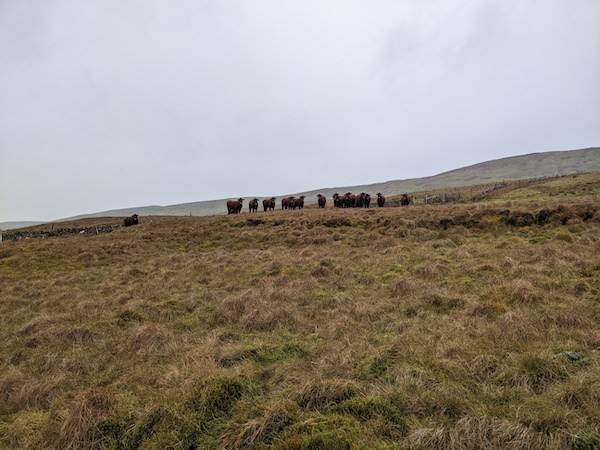
The safest thing to do would have been to return to Tenant’s Gill Farm and find my bearings from there, but I was reluctant to add more distance to my day: I wanted to reach Horton-in-Ribblesdale and warm up. As it was, the walk back to the Pennine Way was an easy one, but I was aware that the combination of bad weather, being lost and my own stupidity could become dangerous. Nobody knew when I was expected back, and it could be a long time before anyone noticed I was missing. An accident so far off the path would not have been good.
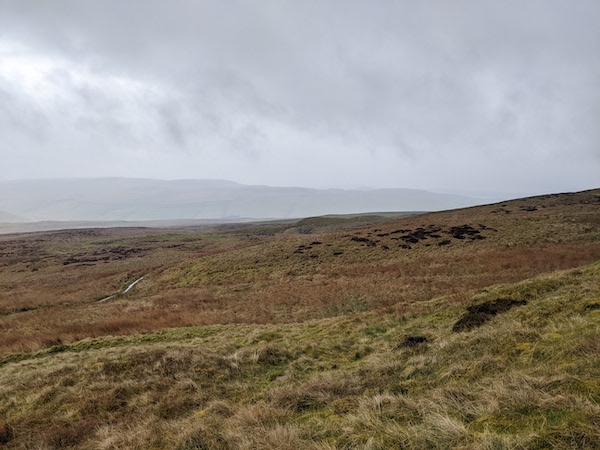
Once back on the path things were straightforward, although I probably lost about an hour in total. I reached the Twin Cairns and began the long descent towards a road. Coming down the grassy sections I slipped over a few times, which was harmless but annoying. I hid from the rain in a barn with another hiker, then continued on my way to Pen-y-ghent.
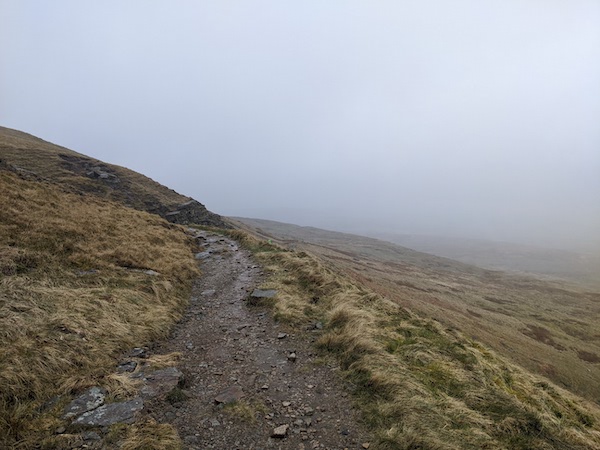
I should have had views of Pen-y-ghent for the previous few hours, but visibility was very slight. Given how tired I was, and how the day had been going, I felt that climbing Pen-y-ghent would be pushing my luck, and turned left to head towards the village.
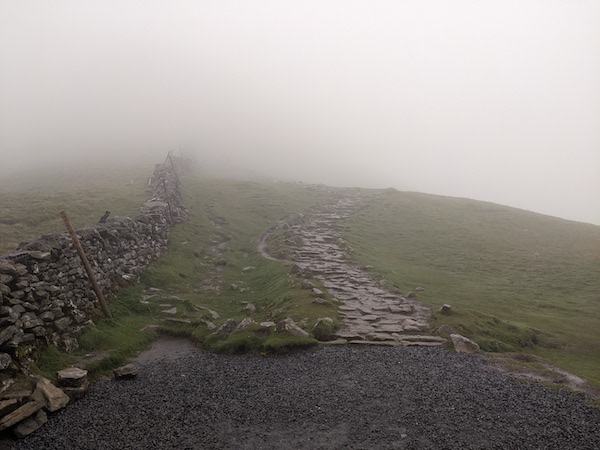
I actually regret not climbing Pen-y-ghent as my route to the village was long and slippy, and I think the Pennine Way path might have been less trouble. I ended up in Horton-in-Ribblesdale with 90 minutes until my train, and made the mistake of going into the Crown Pub.
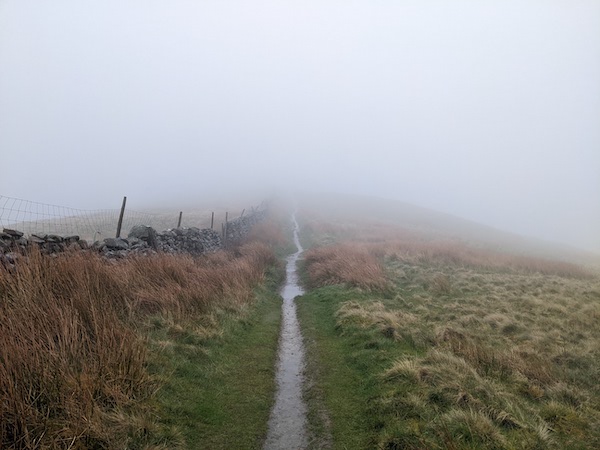
As I entered the Crown, two people coming out warned me against it. I wish I’d listened to them. The pub was chilly, both literally and figuratively. There were no food or hot drinks available, which seems like poor hospitality for a pub that makes its profits from the hiking trail. It could certainly be more welcoming to those who, like me, had had a cold, wet day. I was relieved when it was time to head to the station.
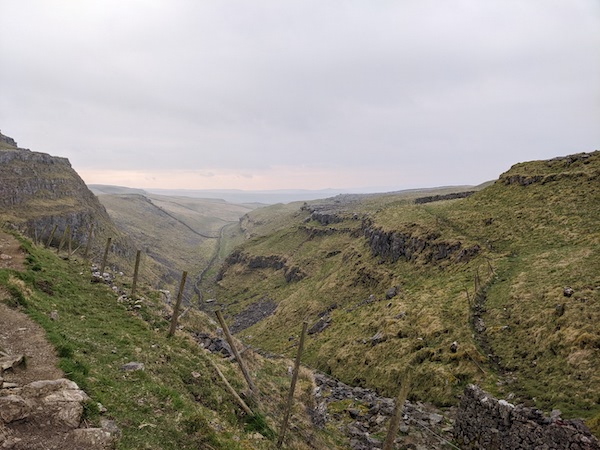
I’m taking some lessons from this hike. First, I am going to follow the suggested rules for hiking, making sure that people know where I am headed in case things go wrong. I will always pack a map and a thermal blanket. If I’d injured myself while off the trail it would be unlikely I’d be found without a search party – and who knows how long it would have been before anyone asked for that? I will not risk putting other people to such inconvenience in future.
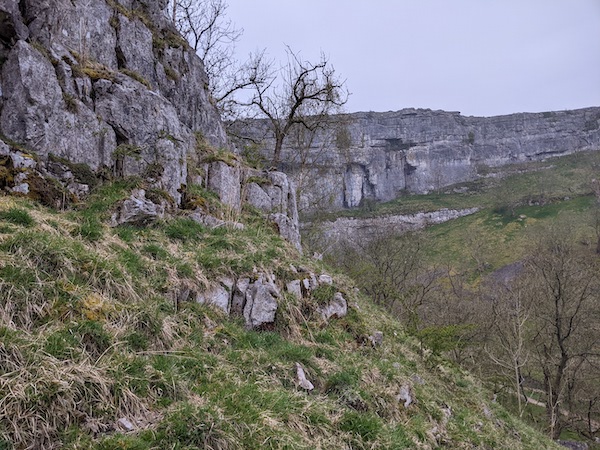
During the two hour train journey home, I could not imagine wanting to go hiking again – certainly not if there was any risk of rain. But the more time passes from the discomfort of the hike, the more I remember the good parts of the day – the wildness of the rainy landscape, chatting to the other hiker in the barn, the confidence of knowing I could make the journey despite the weather. It would be a poor thing to only hike in the sunshine.
